
Twas the Night Before Compliance: A Very iProtectU Christmas & New Year’s Tale
Ho ho hold on – before you climb that ladder to hang the fairy lights…
Health and Safety Software » Health and Safety Software News » Audit Management » PPE for Noise Control
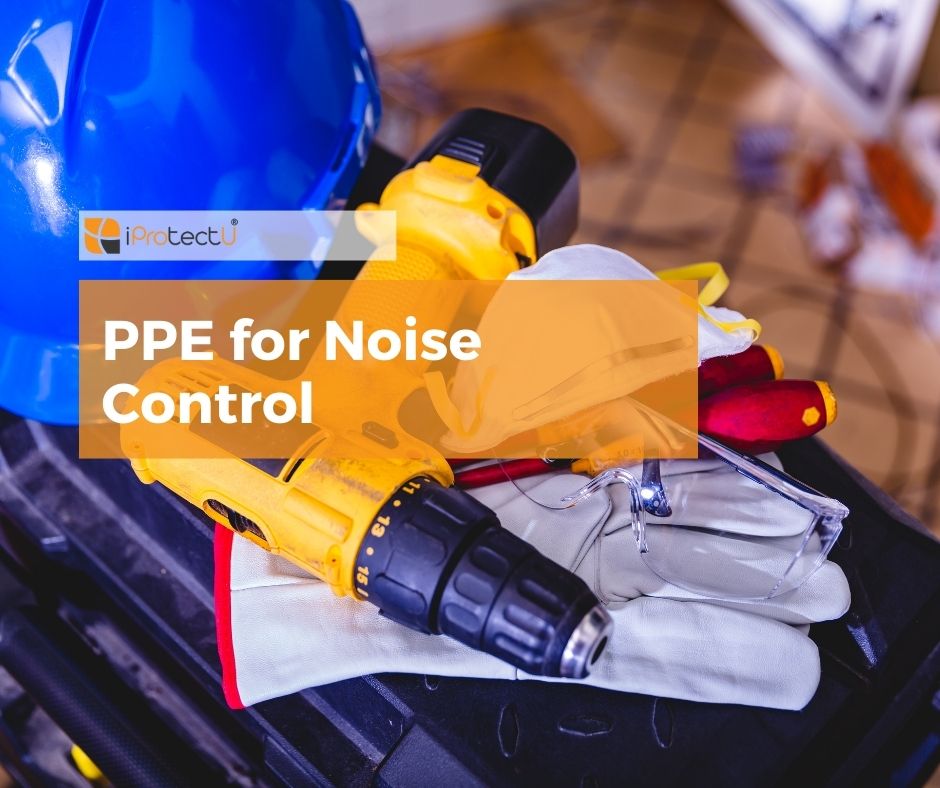
Personal Protective Equipment (PPE) can play an important role in noise control in the workplace. Below are some types of PPE which can help reduce noise exposure.
Employers should provide proper training to employees on the correct use and maintenance of hearing protection devices. This includes how to properly insert earplugs, adjust earmuffs for a proper fit, and regularly clean and replace them as needed.
Hearing protection should be used in conjunction with other noise control measures, such as engineering controls (e.g., sound barriers, mufflers) and administrative controls (e.g., limiting exposure time, job rotation) to effectively reduce noise exposure in the workplace.
It is the employer’s responsibility to regularly review and assess the effectiveness of the selected PPE and noise control measures to ensure ongoing protection for employees.
Using Hearing Protection effectively in the Workplace
Do:
Don’t:
Arrange your demonstration
Let us show you how we can transform your health and safety, risk and compliance management
Please choose a date and time for your demo. We look forward to meeting with you.

Ho ho hold on – before you climb that ladder to hang the fairy lights…
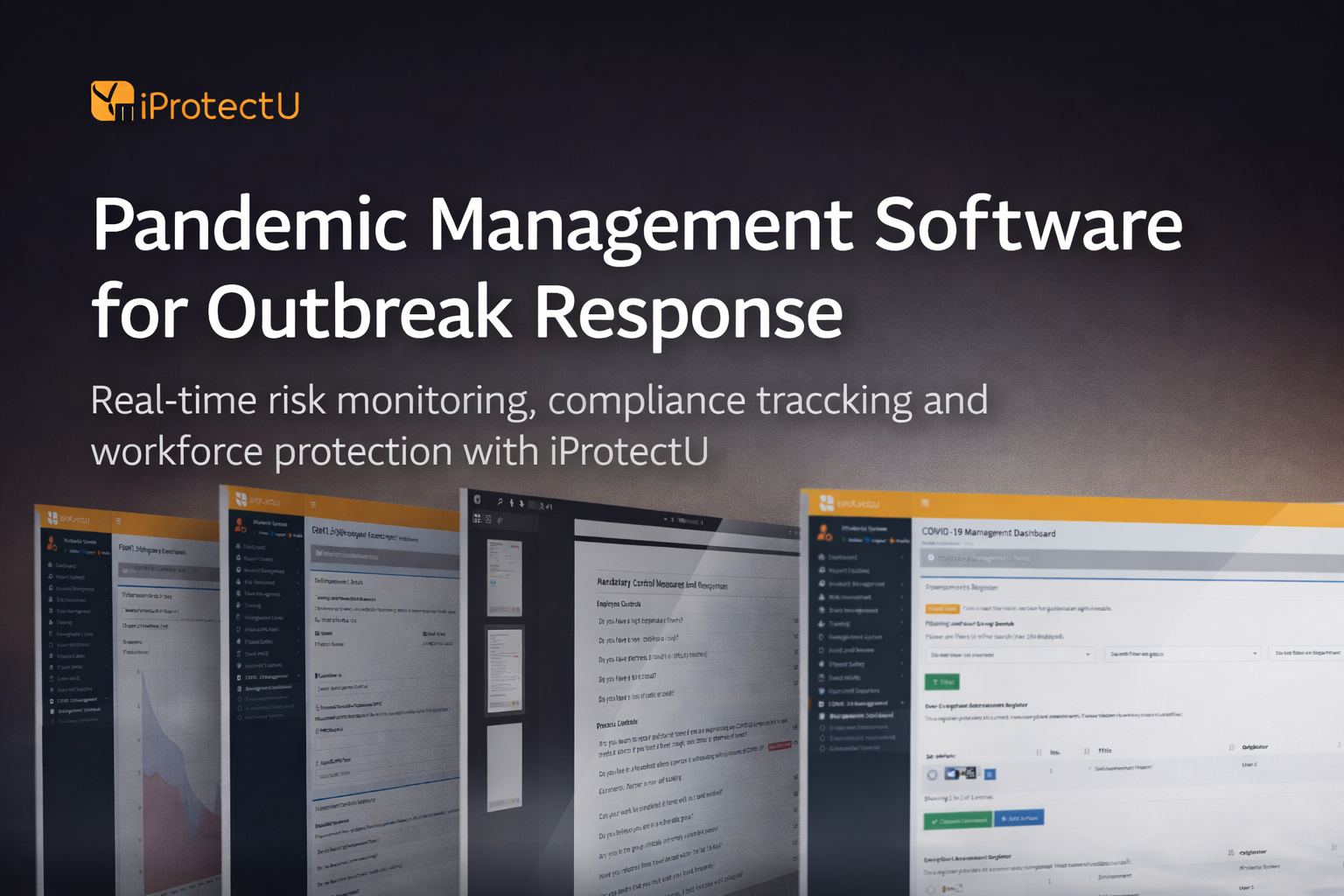
Europe’s rising influenza activity underscores the importance of having the right digital tools in place.

iProtectU is proud to support the Final Straw Foundation’s Native Oyster Restoration Project, helping restore
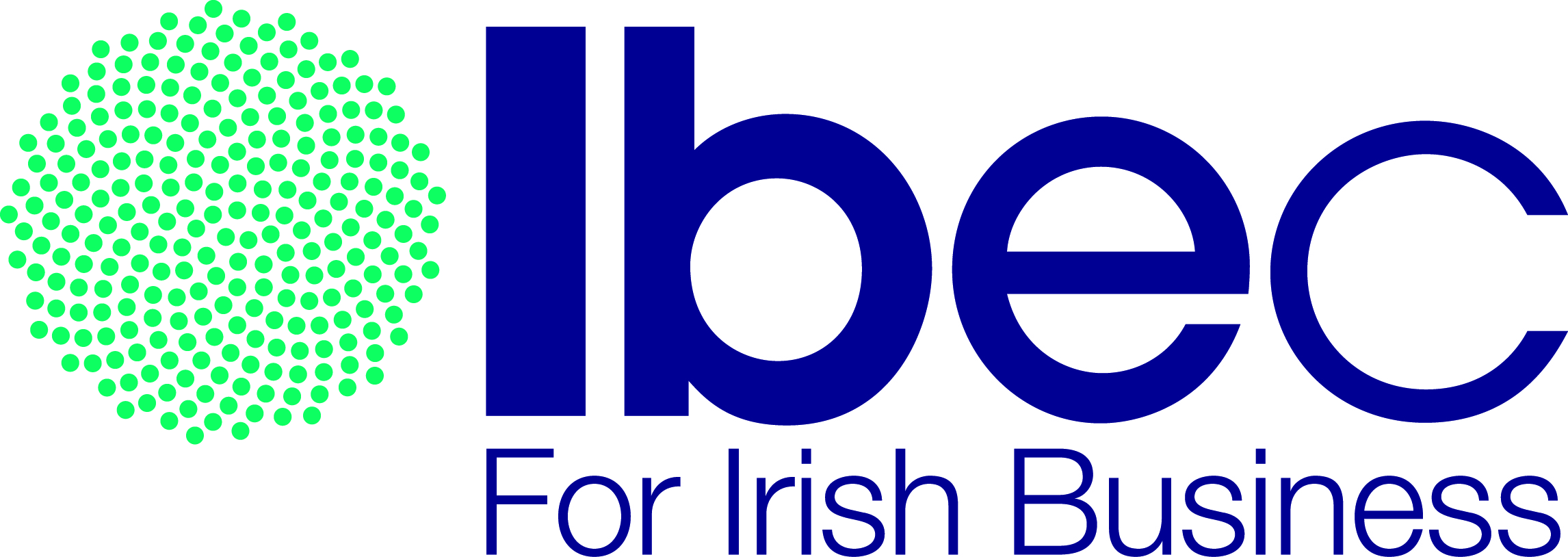
When a national voice like IBEC publishes your perspective, it matters.
This week, iProtectU
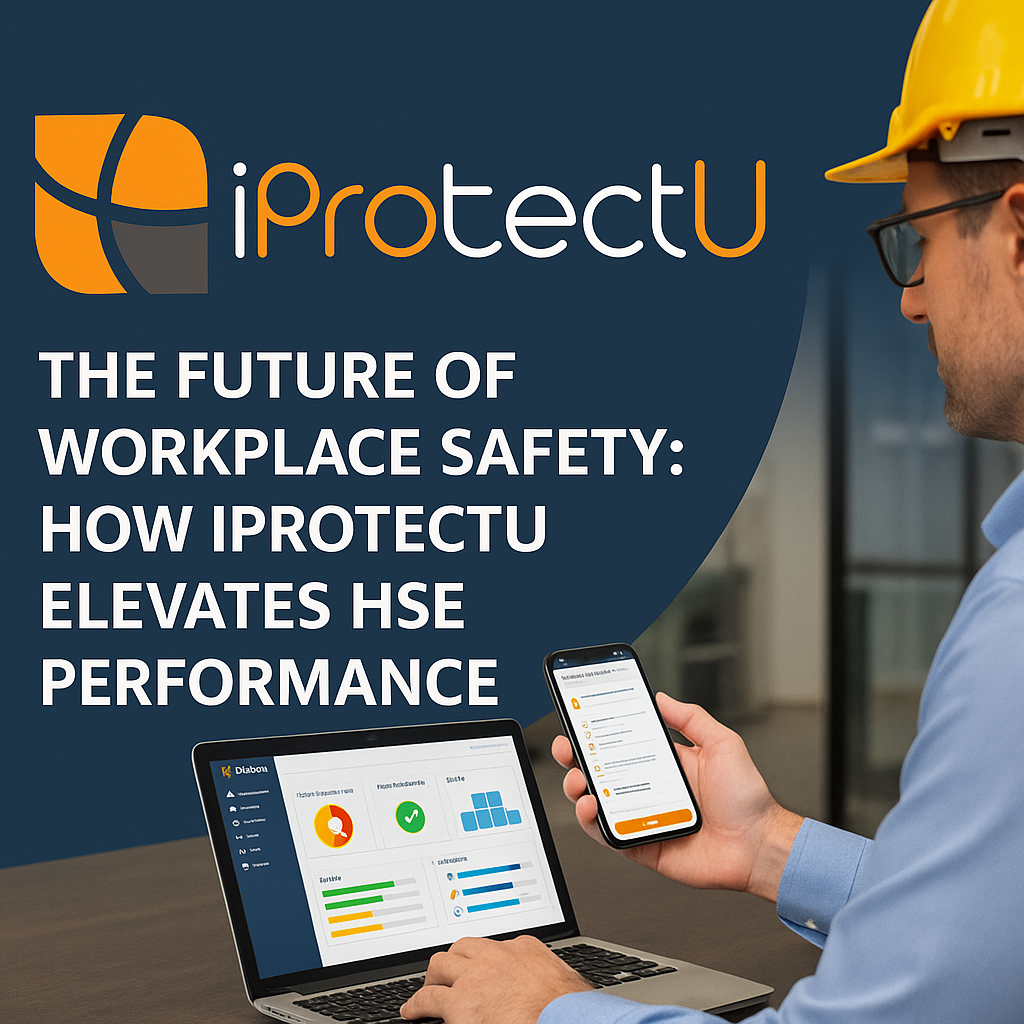
Modern HSE software has evolved into a strategic necessity, empowering organisations to manage risk proactively,
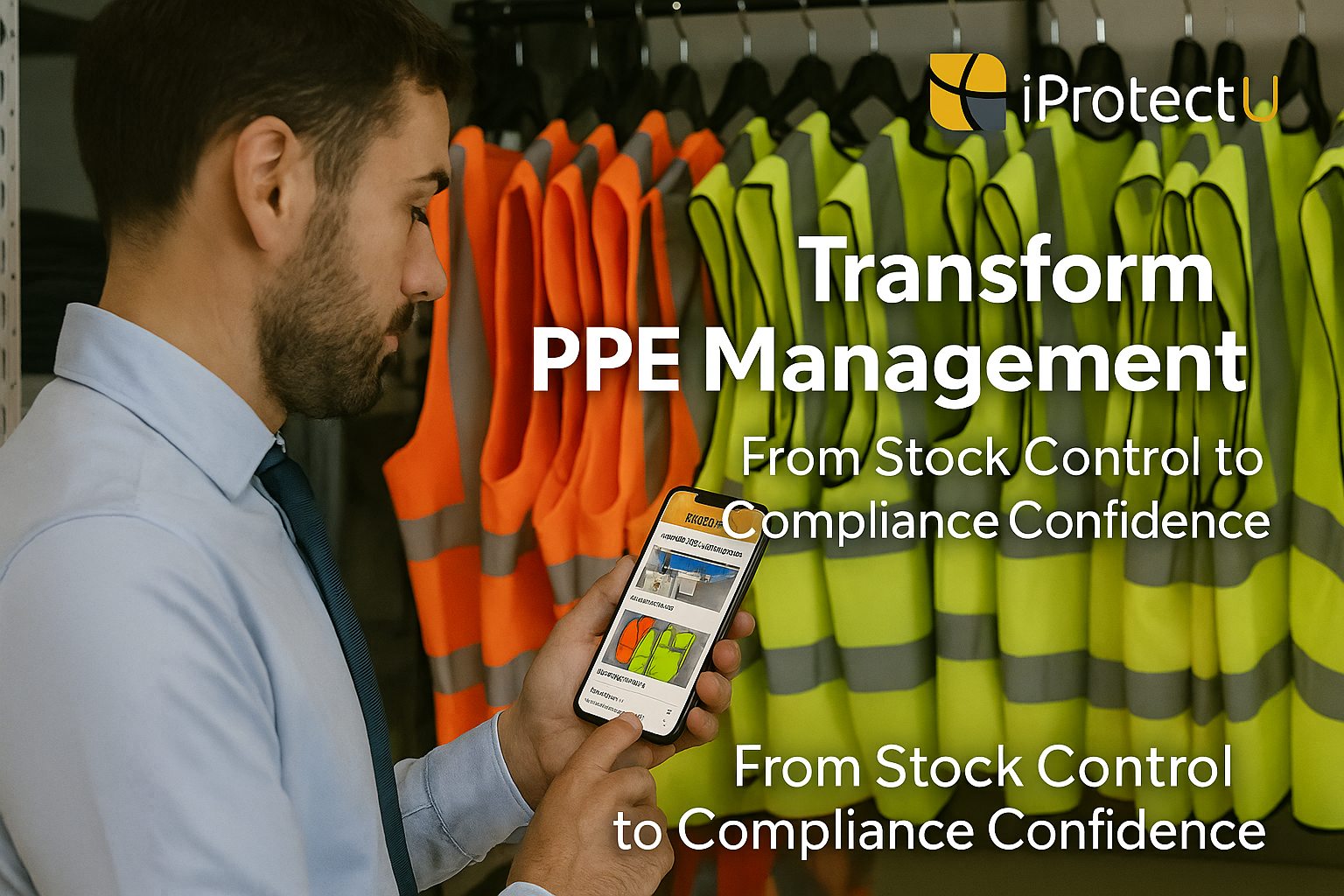
Managing personal protective equipment (PPE) doesn’t have to be a paperwork struggle. With iProtectU, safety